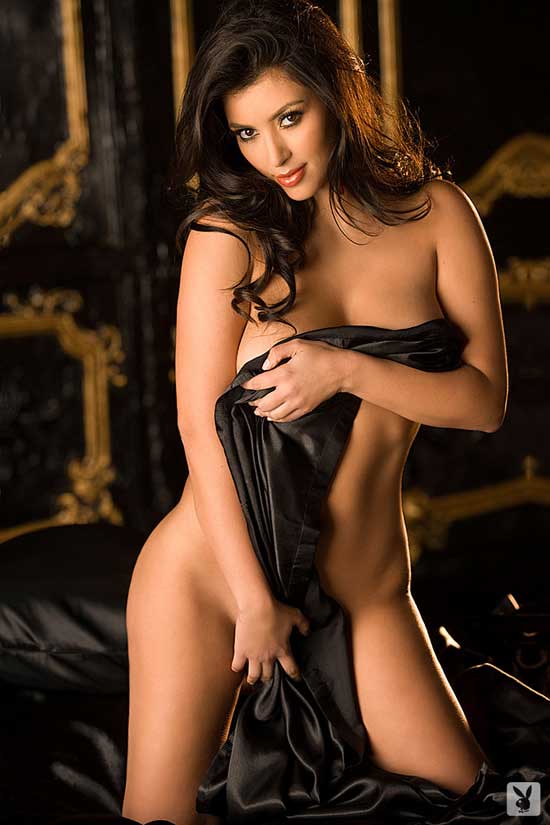|
|---|
Wednesday, December 29, 2010
When the clock strikes midnight, will you be toasting farewell to 2010 and welcoming 2011? If so, below is a guide to champagne.
Tips to selection ~
The real champagnes are from the Champagne region in France. The french are considered to be experts in producing quality wines, including champagne. In most countries, the name ‘champagne’ is strictly reserved for sparkling wines which hail from the said region in France. However, there are a few countries in which champagne is synonymous with any sparkling wine, even the ones that are produced indigenously.
Flavour ~
Champagnes come in different flavours like dry or sweet, creamy or yeasty, crisp or dry, full bubbles or delicate bubbles. If you are familiar with all of them, it will be easy for you to determine which is the most suitable for the occasion. If you're uncertain,it is best to consult an expert.
Christofle anemone champagne bucket
Chilling ~
Temperature determines the rate at which bubbles in champagne are released ~ a bottle should not be opened at room temperature as it will quickly froth and go flat.
The ideal temperature to chill is 40-45 °F.
If you opt for the refrigerator, it is best to chill for a couple of hours to a maiximum of one day, otherwise the cork may shrink. It is also fine to chill in the freezer for 15-20 minutes. A bucket of ice and water is my method of choice.
Opening ~
When opening a bottle of champagne, score the base of the wire cage and begin to untwist without removing it. While keeping cork pointed in a safe direction (some prefer to hold the cork end under a towel), hold the base of the bottle with one hand ane begin to twist both ends slowly in opposite directions. Once you begin to feel pressure from the cork, gently push it back in while continuing to twist until the cork is gently released. Pour down the side of the glass to minimize bubble waste and top each glass approximately two-thirds full. A quick turn of the bottle when you're finished pouring will catch drops on the edge of the lip.
Choosing the right glass ~
Flutes are proven to be the best glass for drinking champagne. The tall, thin glasses with lips that slightly turn inward are the choice for connoisseurs as they concentrate the bubbles and bouquet to heighten the champagne experience.
I have these Christofle champagne straws and love them!
Toasts Around the World ~
Chinese: Ganbei! (dry your cup)
Dutch: Prost! (health)
English: Cheers!
French: Santé! (health)
German: Prost! (cheers)
Hebrew: Le'chaim! (to life)
Irish: Sláinte! (to your health)
Italian: Per cent'anni! (for one hundred years)
Italian 2: Salute (health)
Japanese: Kanpai! (dry your cup)
Russian: Vashe zdorovie! (to health)
Spanish: Salud! (health)
Perrier-Jouet French 75
• 1 1/2 parts gin
• 2 tbsp. of superfine sugar
• 1 1/2 parts fresh lemon juice
• 3-4 parts chilled Perrier-Jouet Grand Brut Champagne
Directions:
In a shaker, mix all ingredients except champagne over ice. Strain contents into a tall champagne flute, top with champagne and garnish with a raspberry.
Wishing you a safe and cheerful New Year!
xoxo, B
Labels: champagne
0 Comments:
Subscribe to:
Post Comments (Atom)




.jpg)
















